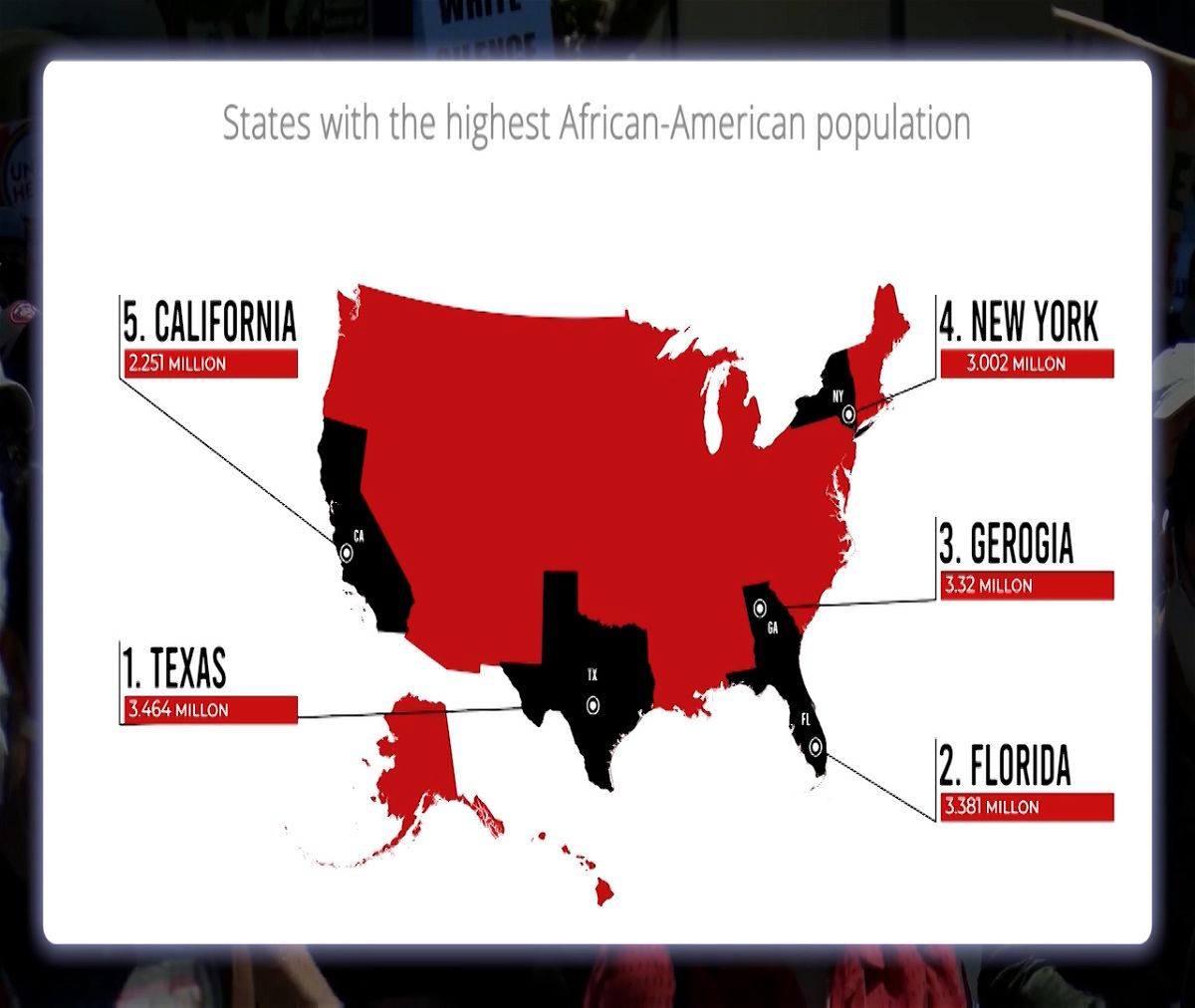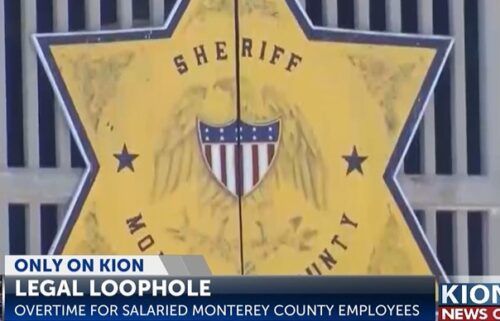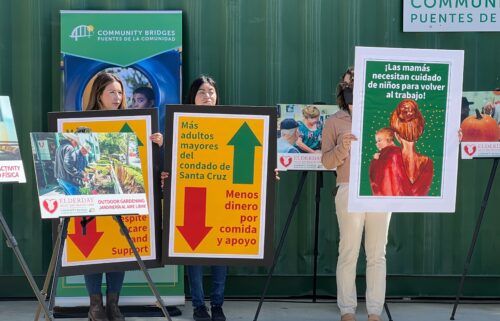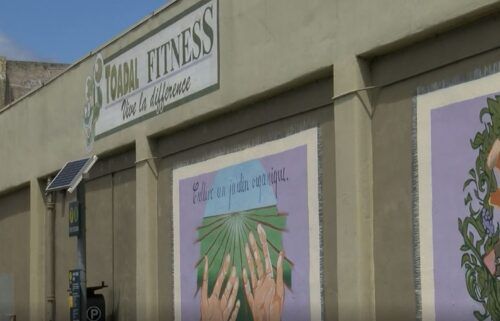SPECIAL REPORT: How California intends to pay for its racial past
MONTEREY COUNTY, California (KMUV) California is the state with the fifth largest African-American population in the United States.

However, African Americans make up only 6% of the population in California and nearly 2% in Monterey County. The California Reparations Taskforce is figuring out a way to compensate everyone with ancestors who were enslaved.
In early June, they released a 500-page report detailing the discrimination suffered by African Americans in the United States and how it played out in California.
Cheryl Grills is part of the Task Force and says that the nine-member team has described the harms that affected African-Americans in this country. Including damages to education, housing, physical and mental health, and environmental racism.
"We believe this interim report is probably the most significant summary of the racialized world in which blacks have to live in this country and in California," Grills said.
Regina Mason was the former president of the Monterey Branch NAACP and is now one of the founders of The Village Project in Seaside.
"The Village Project exists for reparations and to make sure that people of African descent get the kind of culturally appropriate services and the attention and care they deserve," said Mason, who had a career as a social worker before founding her organization and says she has seen the impact it had on young minorities.
Seaside is the city with the largest African-American population in Monterey County. And like the rest of the state, it has a long history of discrimination.
Seaside's African-American History
In the early 20th century, Seaside was the least desirable area in the county because it was too close to the Fort Ord military base and the Presidio to build homes.
When President Harry Truman declared that the military should be desegregated, many African American service members came to Seaside, and the city's population doubled.
By 1980, although no one group could claim to be the majority, Seaside became known as the center of blacks and had the most concentrated population in California between Oakland and Los Angeles.
Many African-Americans who came to Seaside after World War II were military men who served in Europe and had college degrees. Seaside also became one of the centers of the civil rights movement on the West Coast. From Dr. Martin Luther King to Dolores Huerta came to share their ideologies.
But despite having its own community, discrimination existed but more discreetly. The U.S. Department of Justice said Monterey County was engaging in discriminatory practices.
And during Bill Clinton's presidency, when they closed the military base, the discrimination became even more apparent, which according to Mason, had a tremendous impact on the African American community. Many of those who lived on that base moved away from the city.
"There were no jobs. People had nowhere to live," Mason said. "It totally crippled the coastal community in particular. And so I think the closing of Ford had a tremendous impact on the beginning of the demise of blacks in Monterey County."
So far, they've only published the studies and the context of the race problem. The next step will be to highlight piece-by-piece how to implement change and reparations to this community.
"This is not just a black problem," Grills said, "I want to reiterate that everyone in this country, everyone in California, has been contaminated by racism and ideology."




